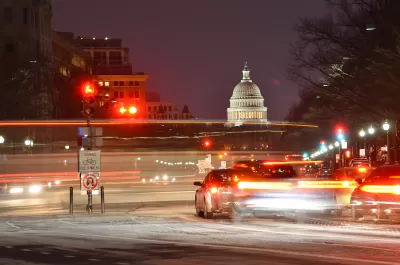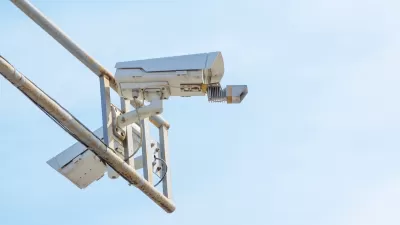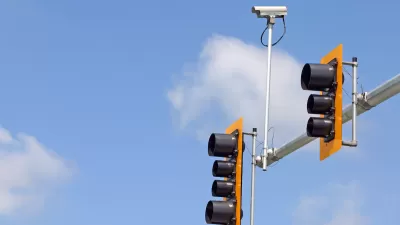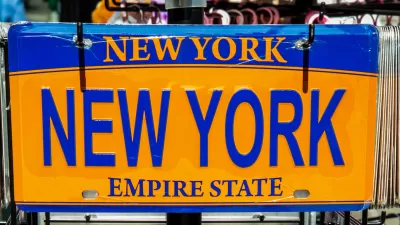More widespread deployment of automated enforcement sensors could change the system from one of high fines and sparse enforcement to one that encourages more extensive behavior change.

In an opinion piece in Greater Greater Washington, John Leibovitz calls on the District of Columbia to double down on its automated traffic enforcement program. Despite common concerns about privacy and equity, Leibovitz argues that boosting automated traffic enforcement (ATE) is “an essential tool” for reducing roadway fatalities and ensuring compliance with speed limits and other road rules.
The district already plans to triple the number of cameras it installed during a recent pilot program, but Leibovitz says many more are needed to ensure widespread compliance. With less than one percent of the district’s streets covered by ATE, this won’t have an impact on ‘global’ driving behavior. The sparse placement of cameras also brings up questions about equity, which areas get protection, and which drivers get ticketed. “It is important to note that both questions are intimately related to the first limitation–the scarcity of cameras–which inherently drives both a logic of high fines and raises hard choices about where to deploy them.”
Leibovitz advocates for a “safety zone” model of deployment that uses abundant sensors to replace a system of high fines and irregular enforcement with “a paradigm of widespread compliance with much smaller fines designed to ‘nudge’ drivers to safer behaviors on a more continuous basis.” An enhanced ATE program would also give cities more data, create a more immediate driver feedback loop, and could inform more tailored enforcement strategies.
FULL STORY: It’s time to “think different” about automated traffic enforcement

Alabama: Trump Terminates Settlements for Black Communities Harmed By Raw Sewage
Trump deemed the landmark civil rights agreement “illegal DEI and environmental justice policy.”

Study: Maui’s Plan to Convert Vacation Rentals to Long-Term Housing Could Cause Nearly $1 Billion Economic Loss
The plan would reduce visitor accommodation by 25% resulting in 1,900 jobs lost.

Planetizen Federal Action Tracker
A weekly monitor of how Trump’s orders and actions are impacting planners and planning in America.

Waymo Gets Permission to Map SF’s Market Street
If allowed to operate on the traffic-restricted street, Waymo’s autonomous taxis would have a leg up over ride-hailing competitors — and counter the city’s efforts to grow bike and pedestrian on the thoroughfare.

Parklet Symposium Highlights the Success of Shared Spaces
Parklets got a boost during the Covid-19 pandemic, when the concept was translated to outdoor dining programs that offered restaurants a lifeline during the shutdown.

Federal Homelessness Agency Places Entire Staff on Leave
The U.S. Interagency Council on Homelessness is the only federal agency dedicated to preventing and ending homelessness.
Urban Design for Planners 1: Software Tools
This six-course series explores essential urban design concepts using open source software and equips planners with the tools they need to participate fully in the urban design process.
Planning for Universal Design
Learn the tools for implementing Universal Design in planning regulations.
Caltrans
Smith Gee Studio
Institute for Housing and Urban Development Studies (IHS)
City of Grandview
Harvard GSD Executive Education
Toledo-Lucas County Plan Commissions
Salt Lake City
NYU Wagner Graduate School of Public Service





























